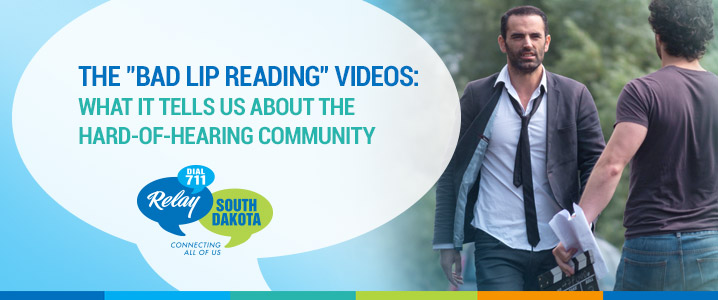
“Bad Lip Reading” Videos and the Hard-of-Hearing Community

Whenever a new “Bad Lip Reading” video is released, viewers get a good laugh. It is entertaining to watch what the creators perceive the people in the videos to be saying because it is almost always wildly out of context of the actual video content.
It’s further proof that it’s easy to make mistakes when you lip-read. Here’s what the “Bad Lip Reading” videos say about the communication style.
Context Clues are Important.
One reason why these videos are so funny is that the topics implied don’t entirely match the situation at hand. The disconnect is what makes them so amusing. This shows how important it is for the hard-of-hearing community to pick up on context clues when lip-reading. Understanding body language, like facial expressions and gestures, can help you better understand what people are saying.
Identifying the Topic is Important.
The writers of these videos have to come up with a topic for each clip they post and form the rest of the phrase or conversation based on what it looks like the people are saying. Identifying the conversation topic is also important when you are reading someone’s lips. If you identify the topic of a conversation, it will be much easier to infer what people are saying, since you’re aware of the general ideas they are communicating.
Lip-Reading Requires Ongoing Focus.
Watching these videos without sound allows you to catch some of the phrases the people are saying thanks to the context clues. They help you identify the topic of the conversation or allow you to pick up a common phrase, such as “thank you.” If you are lip-reading, it helps to have some understanding of the language being spoken. It can help you fill in gaps or even identify what someone is saying in a given sentence by picking up just one or two words.
Focus on Sentences—Not Individual Words.
The “Bad Lip Reading” videos match mouth movement to words almost perfectly every time, but when lip-reading, don’t let this be the primary focus. It is important to pay attention to what people are saying, but it is best to focus on full sentences, rather than individual words. This allows you to identify the topic of the sentence—it also makes it easier to identify a person’s speaking rhythms. This will help you better understand what they are saying.
Found in: Community

